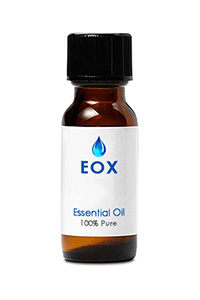New ArrivalsGift Ideas Specials Contact Us

WINTER 5% OFF SALE!
SITEWIDE05
Simply enter the above coupon code and save 5% on your ENTIRE ORDER!
Use PayPal, cash, or checks! NO LIMIT!

Now In: CATEGORIES → Essential Oils → 15ml Bottles → Essential Oil - Pine Needle
Botanical name: Abies sibirica Color: Clear to pale yellow Consistency: Thin Perfumery note: Middle Related planets/deities: Saturn/Pan Aroma: Balsamic, woody, turpentine-like Energetic Properties: Warming, invigorating Aromatherapy properties: A colorless or pale yellow mobile liquid with a strong, dry balsamic, turpentine-like aroma. It blends well with cedarwood, rosemary, tea tree, sage, lavender, juniper, lemon, niaouli, eucalyptus, and marjoram. Spiritual uses: The balsamic scent of pine needle oil is used to relieve anxiety, depression, and mental fatigue by calming the sympathetic nervous system, which is responsible for nervous arousal. Because it can increase energy and efficiency, pine needle oil is great for delivering a pick-me-up during the workday. It is also used in spells to evoke or honor forest spirits, in protective and centering spells, and in dragon magic because it is aromatic and fast burning. Blends well with: Resinous or refreshing oils such as Cedarwood, Eucalyptus, Frankincense, Juniper, Lavender, Lemon, Marjoram, Niaouli, Peppermint, Sage, Sandalwood, Tea Tree, and Thyme. History: Pine trees are found in temperate forests around the globe, and this species is native to the taiga, the arctic forests of Russia and Siberia. The pine tree was important to Bacchus, the Greek deity of festivals and celebrations, and pine needles were sometimes used to flavor wines in Greece. As an evergreen, the pine is a symbol of immortality because it endures the winter without shedding its leaves, and pine trees were planted on or near grave sites in many cultures. Villagers in England also planted pine trees near their homes as a sign of hospitality toward travelers. Today, Russia and nearby countries are the biggest suppliers of pine needle oil derived from Abies sibirica. |
|
|||||||
|
|||||||





